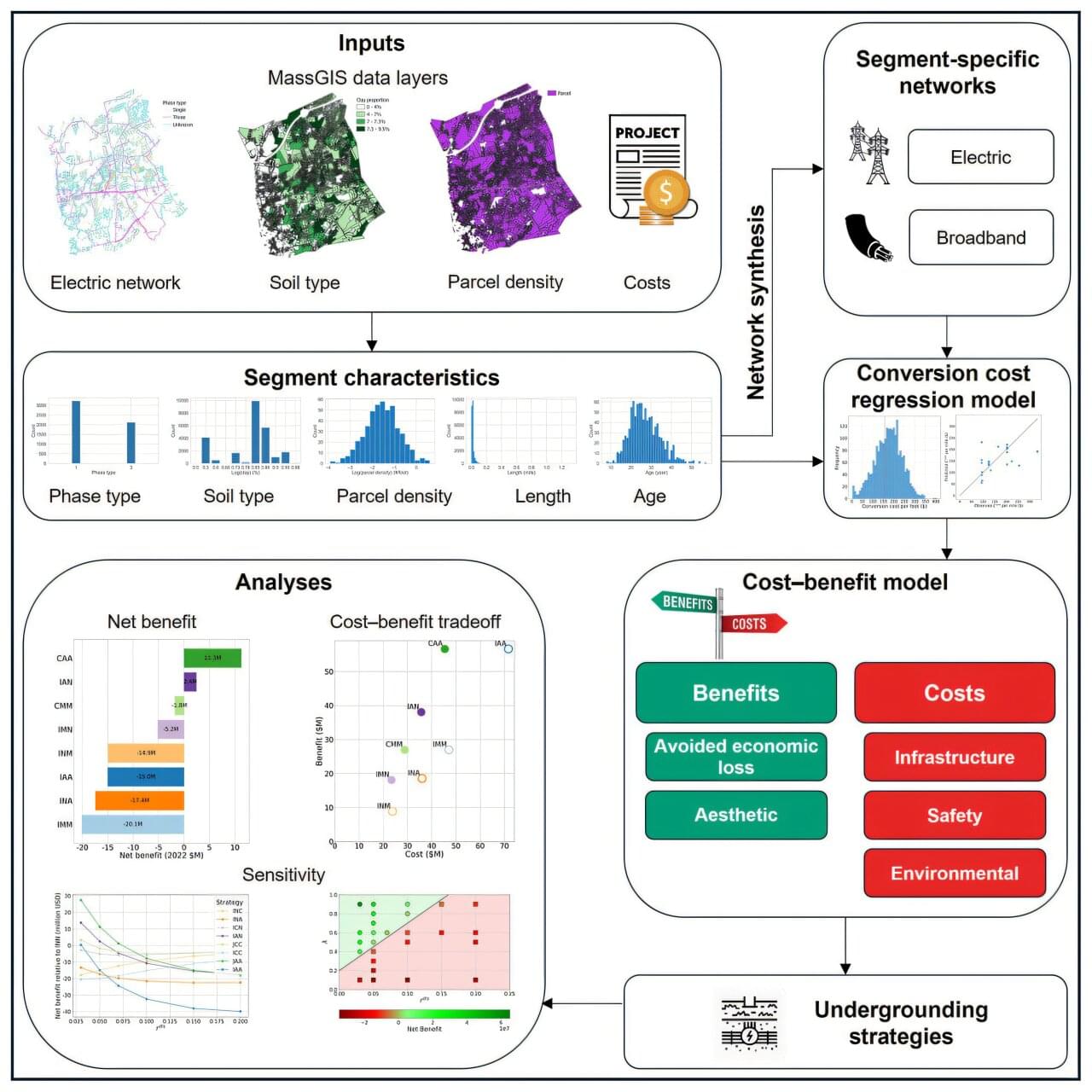On TikTok there are exceptional “testimonials” like Nikola Tesla or Marie Curie delivering short science-related messages that have garnered millions of views. This is just one of many examples where AI-generated avatars are used to communicate science—a strategy that might also have its drawbacks.
The generation of images and animations through artificial intelligence is a rapidly growing field, constantly improving in quality. Yet many avatars, though realistic, still present minor flaws—glitches, delays, inconsistent facial expressions or lip-syncing—sometimes barely noticeable, but still easily picked up by a human observer.
Jasmin Baake, researcher at the Center for Advanced Internet Studies (CAIS), Bochum, Germany, and the other authors of a study in the Journal of Science Communication realized that these avatars could trigger a phenomenon known in cognitive science as the “uncanny valley.”







